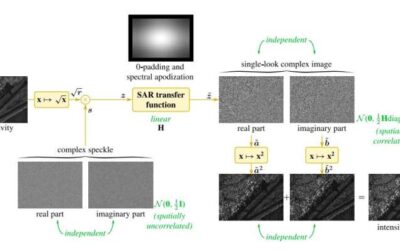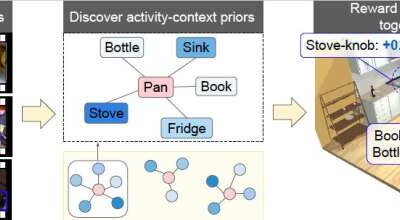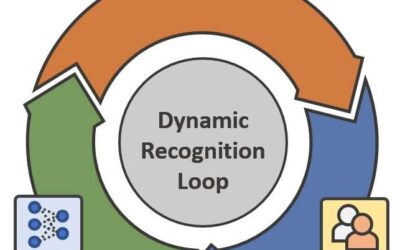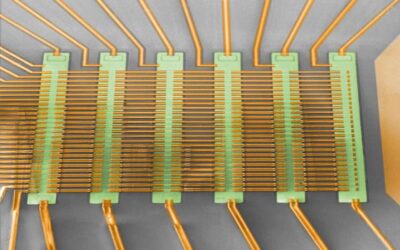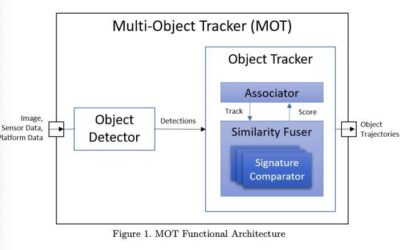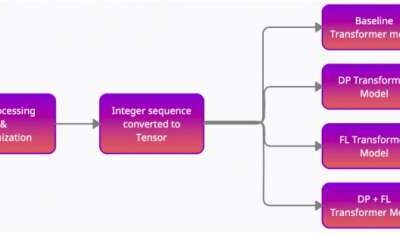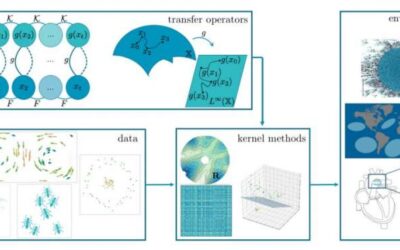Optimization problems involve the identification of the best possible solution among several possibilities. These problems can be encountered in real-world settings, as well as in most scientific research fields.
Machine learning & AI
MERLIN: A self-supervised strategy to train deep despeckling networks
When a highly coherent light beam, such as that emitted by radars, is diffusely reflected on a surface with a rough structure (e.g., a piece of paper, white paint or a metallic surface), it produces a random granular effect known as the 'speckle' pattern. This effect...
A model that translates everyday human activities into skills for an embodied artificial agent
Over the past decade or so, many roboticists and computer scientists have been trying to develop robots that can complete tasks in spaces populated by humans; for instance, helping users to cook, clean and tidy up. To tackle household chores and other manual tasks,...
A framework to automatically identify wildlife in collaboration with humans
Over the past few decades, computer scientists have developed numerous machine learning tools that can recognize specific objects or animals in images and videos. While some of these techniques have achieved remarkable results on simple animals or items (e.g., cats,...
A technique that allows legged robots to continuously learn from their environment
Legged robots have numerous advantageous qualities, including the ability to travel long distances and navigate a wide range of land-based environments. So far, however, legged robots have been primarily trained to move in specific environments, rather than to adapt...
New memcapacitor devices for neuromorphic computing applications
To train and implement artificial neural networks, engineers require advanced devices capable of performing data-intensive computations. In recent years, research teams worldwide have been trying to create such devices, using different approaches and designs.
A new model to enable multi-object tracking in unmanned aerial systems
To efficiently navigate their surrounding environments and complete missions, unmanned aerial systems (UASs) should be able to detect multiple objects in their surroundings and track their movements over time. So far, however, enabling multi-object tracking in...
A model to classify financial texts while protecting users’ privacy
Over the past decade or so, computer scientists developed a variety of machine learning (ML) models that can analyze large amounts of data both quickly and efficiently. To be applied in real-world situations that involve the analysis of highly sensitive data, however,...
How environmental features can enhance robot awareness
In recent years, roboticists have created a variety of systems that could eventually operate in real-world environments. As most real-world settings, particularly public spaces, are dynamic and unpredictable, to efficiently navigate these environments robots should be...
Monte Carlo tree search algorithms that can play the Lord of the Rings card game
When machine learning algorithms and other computational tools started becoming increasingly advanced, many computer scientists set out to test their capabilities by training them to compete against humans at different games. One of the most well-known examples is...


